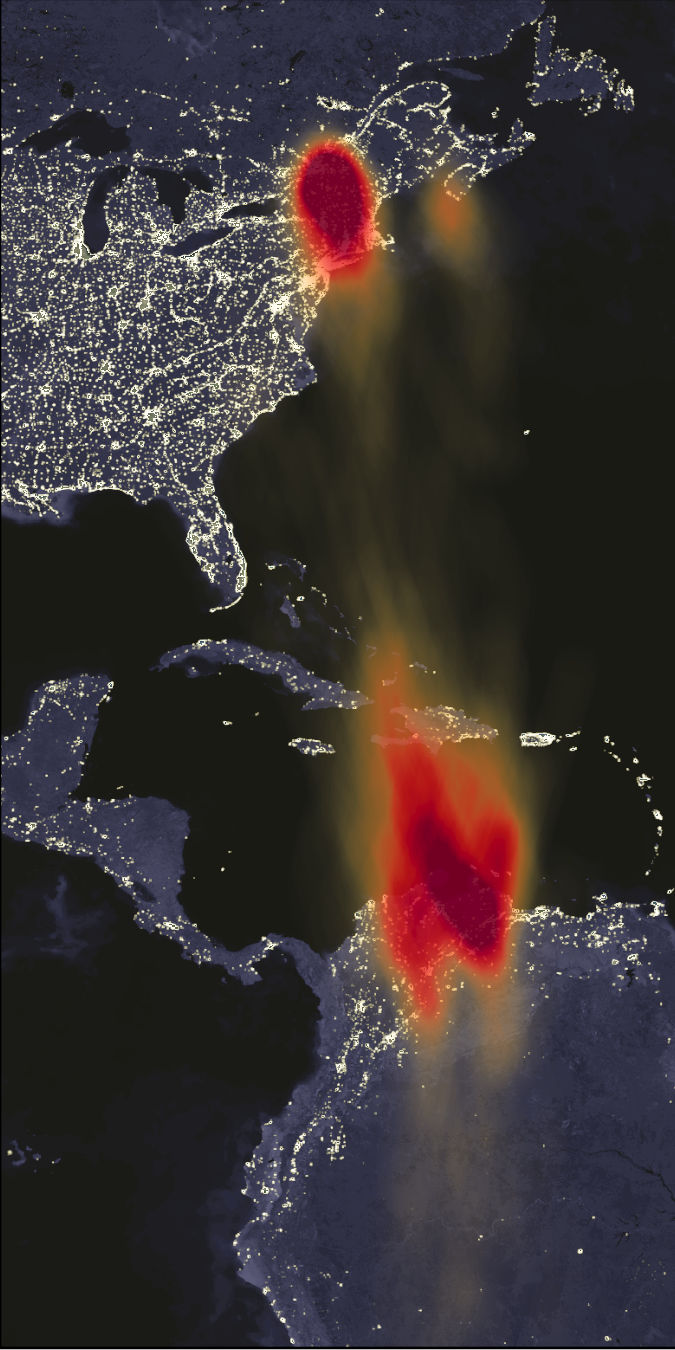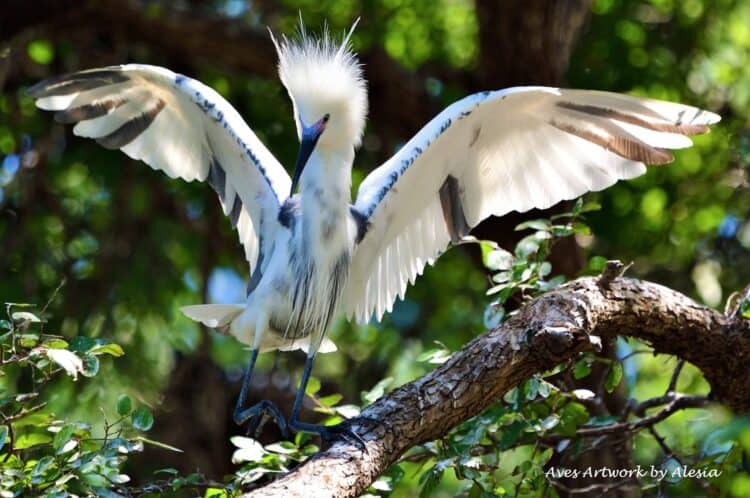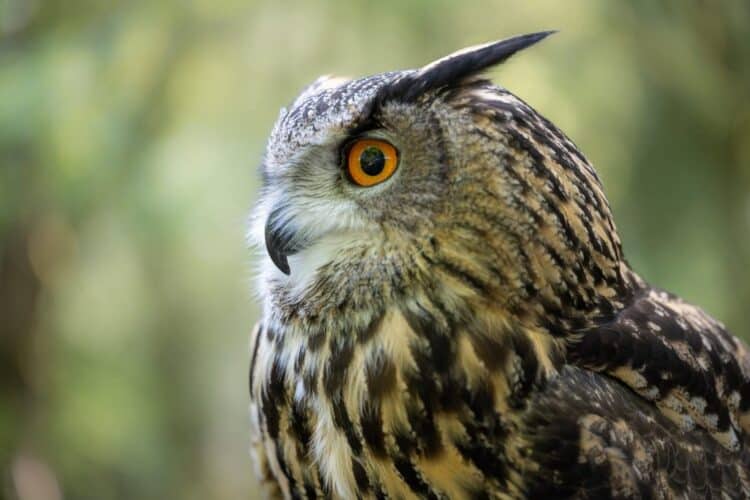NEW YORK — Today, the New York City Council approved Proposed Initiative 1482B, a new policy requiring that new buildings’ materials meet bird-friendly standards that greatly reduce collision risks to birds. Audubon’s Migratory Bird Initiative has issued the following response:
“New York’s world famous skyline lies right in the middle of an incredibly important migratory pathway, and this critical legislation will now make that journey a little safer for millions of migratory birds,” said Dr. Jill Deppe, senior director of Audubon’s Migratory Bird Initiative.
“Birds like the Blackpoll Warbler fly for three days straight across the Atlantic Ocean between North America and their South American wintering grounds, but a glass window in New York is too often the deadliest part of their migratory journeys.
This is a great day for migratory birds and all who care for them. Bravo to New York City Audubon and their partners for setting the bar on bird-friendly building policy.”
This legislation will be the most broad-reaching bird-friendly building policy in the country to date. The New York City Council worked directly with the following groups:New York City Audubon, American Bird Conservancy, the New York Chapter of the American Institute of Architects, the Bird-safe Buildings Alliance, and architects representing FX Collaborative and Ennead Architects.
“This bill is a compromise forged by our diverse consortium, which wrestled with and reconciled competing interests of many sorts — design, light, height, use, location, cost, bird mortality.It’s a huge leap forward for long-term conservation,” said Kathryn Heintz, New York City Audubon executive director.
“It will reduce collisions and save migratory birds whose numbers are declining dramatically. As a whole community, we must do better for the future, better for the sustainability of urban living, and better for the health of both birds and people,” Heintz added.
The policy also covers major renovations that include modifying existing glass, and applies to construction across the city’s five boroughs.
“Collisions with buildings are one of the greatest threats to birds, and one of the most preventable. North America has lost nearly three billion birds since 1970 and we must make every effort to create a safer future for New York State’s wildlife. Audubon is thrilled that the New York City Council has set this precedent for the rest of the nation to help reduce or eliminate mortality from collisions,” said Ana Paula Tavares, executive director of Audubon New York.


NYC Audubon’s efforts are part of Audubon’s nationwide Bird-Friendly Communities work to make our communities better—and safer—for birds. These conservation programs protect and restore bird populations in America’s cities and towns. In environments that are primarily defined by human infrastructure (that is, by homes, roads, buildings, pavement, lawns, industrial complexes, etc.), birds need food, shelter, safe passage, and places to raise their young. Communities that are bird-friendly meet those needs for birds through individual and collective actions by community members and leaders—actions that also contribute to more sustainable and healthy human societies.
The mission of Audubon’s Migratory Bird Initiative is to secure the future of migratory birds in the Western Hemisphere by reducing direct threats and protecting key places across the Americas in coordination with science, conservation and policy partners. The Initiative brings together the latest spatial information on species distributions and movements across their annual cycles to identify priority areas for 520 species of migratory birds. Audubon and its partners will use this information to define where and how to focus conservation investments in order to protect, restore and manage key habitats and mitigate threats along full migratory pathways for these species.
This article by Audubon was first published on 10 December 2019.
What you can do
Support ‘Fighting for Wildlife’ by donating as little as $1 – It only takes a minute. Thank you.







Leave a Reply